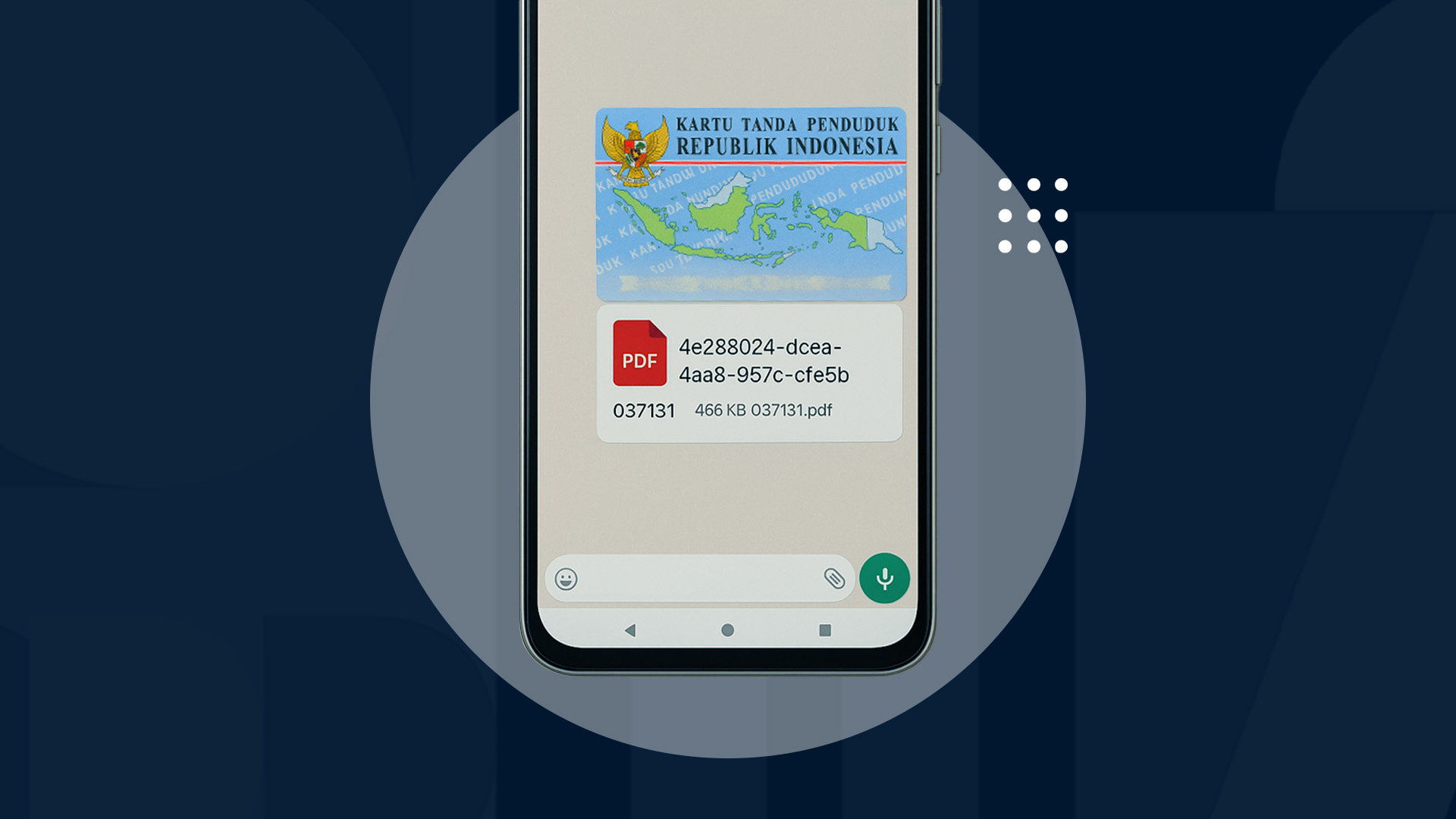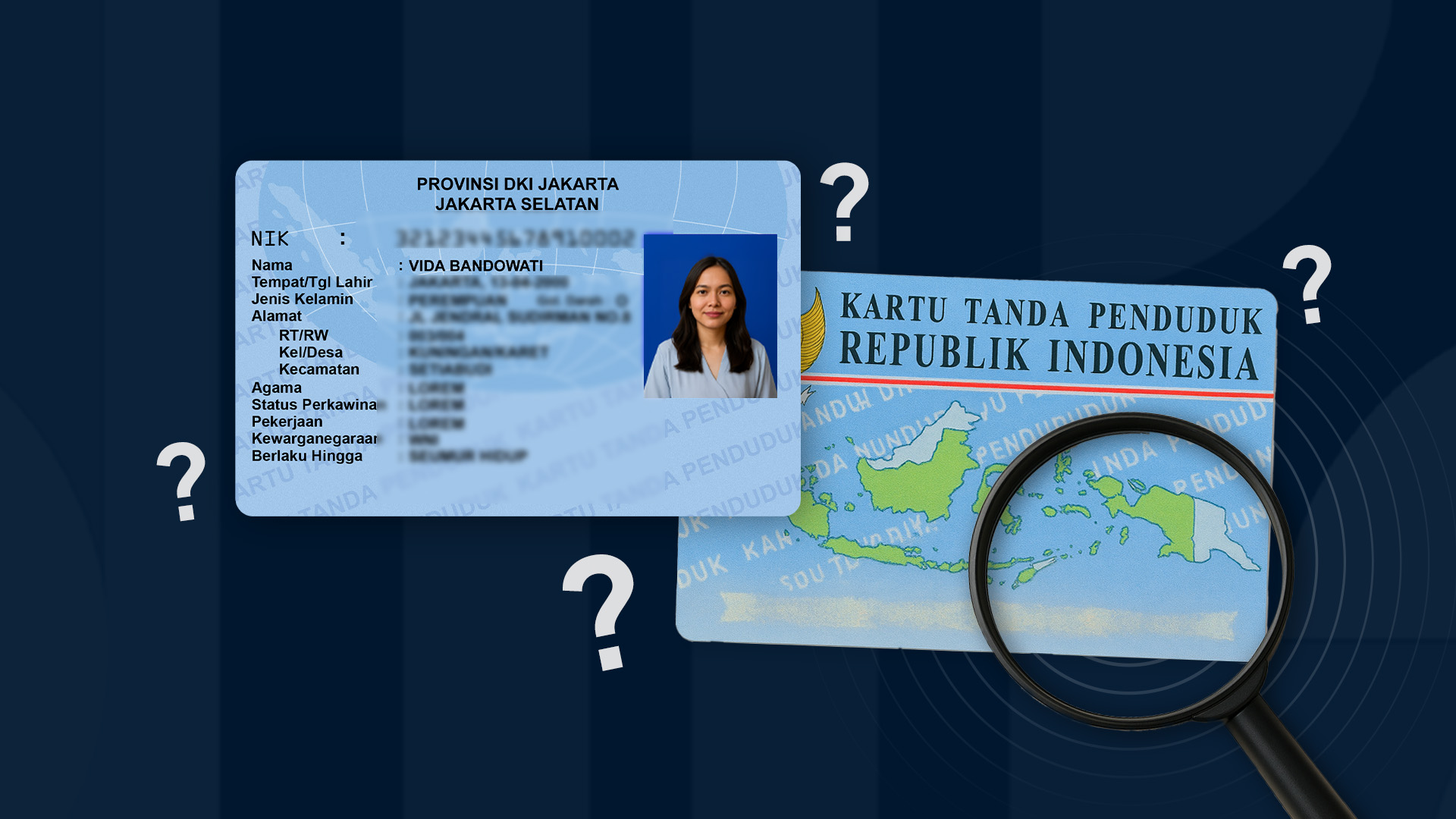The Fraud Triangle is a concept used to understand the causes of fraud in organizations. Introduced by criminologist Donald R. Cressey, it identifies three elements that lead to fraudulent behavior: Pressure, Opportunity, and Rationalization. Understanding these elements helps organizations implement effective prevention measures.
Definition of Fraud Triangle
1. Pressure
- Financial Pressure: High debt, increased living costs, or urgent needs push individuals towards fraud.
- Pressure from Superiors: Unrealistic targets set by management can lead to data manipulation.
- Personal Pressure: Family, health, or relationship issues can also trigger dishonest actions.
2. Opportunity
- Weak Internal Controls: Inadequate systems create opportunities for fraud.
- Access to Resources: Unrestricted access to company assets or confidential information increases the risk.
- Management Ignorance: Lack of oversight or awareness by management can foster fraudulent activities.
3. Rationalization
- Feeling Entitled: Believing they deserve more than they receive.
- No Other Option: Feeling fraud is the only solution to their problems.
- Normalizing Fraud: Believing others do the same, thus justifying their actions.
Preventing Fraud in Business
Preventing fraud can be conducted in multiple ways:
1. Implement effective control systems, including task separation and strict oversight.
2. Restrict and monitor access to sensitive resources based on necessity.
3. Foster a fair and supportive work environment to reduce employee stress.
4. Regularly educate employees about fraud risks and ethical behavior.
5. Conduct regular internal and external audits to detect and prevent fraud.
Types of Fraud
1. Financial Fraud: Involves financial transactions like credit card theft or financial report manipulation.
2. Identity Theft: Stealing personal information to conduct unauthorized actions, such as opening bank accounts.
3. Ransomware: Malware that locks access to data or systems, demanding a ransom for restoration.
4. Deepfake: Using AI to create realistic fake videos, audios, or images for fraudulent purposes.
Understanding and applying the Fraud Triangle helps businesses mitigate fraud risks, creating a safer and more ethical work environment. For enhanced digital security, VIDA offers verification services to safeguard business operations globally. Please contact VIDA Sales for further information.

.png)


